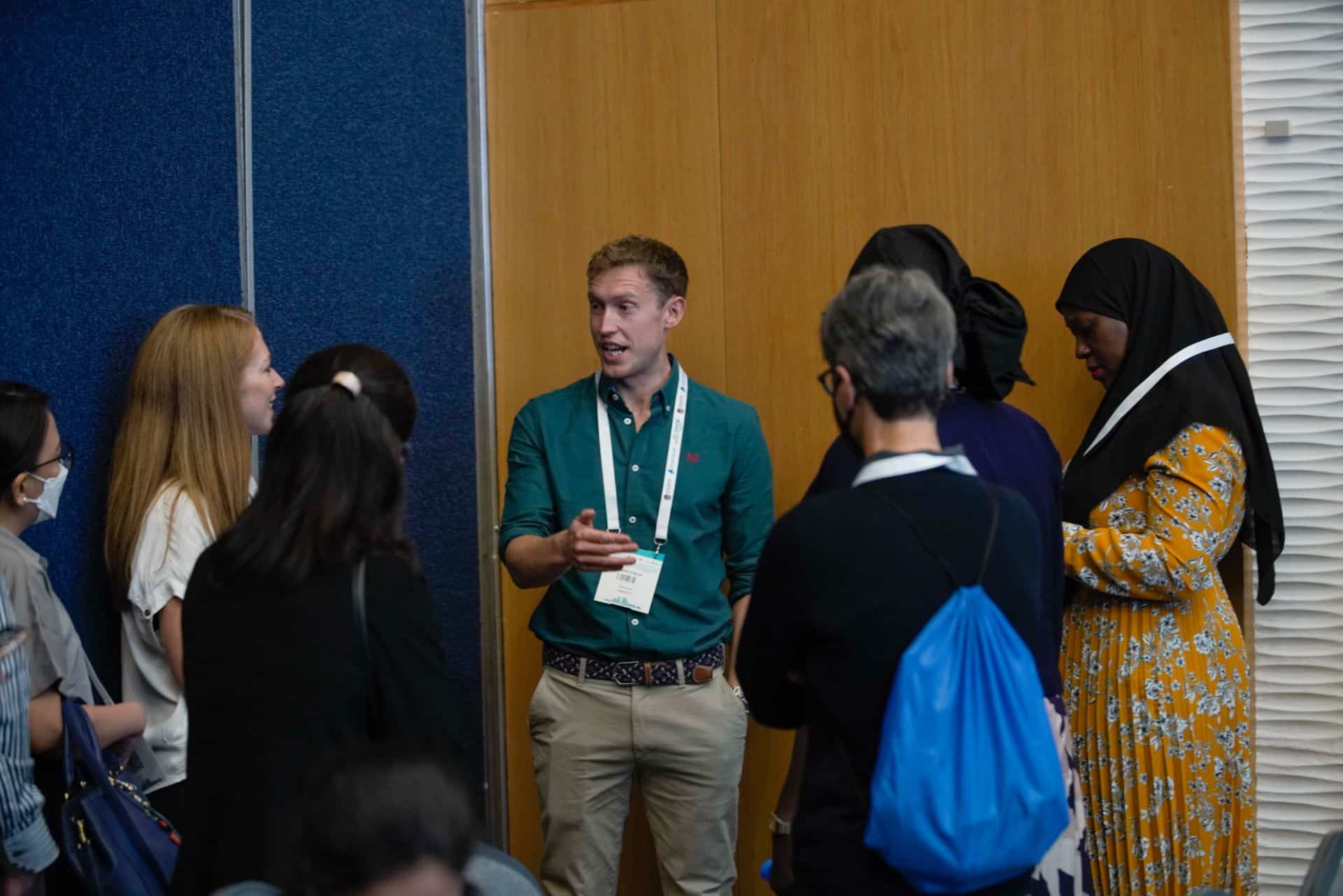Short Oral
Assessing 24-hour Movement Behaviors in 0-4-year-old children: A Comparative Study of Accelerometers and Proxy-Report
Background: To adequately assess 24-hour movement behaviours, including physical activity (PA), sedentary behaviour (SB) and sleep in 0-4-year-old children, valid measurement instruments adapted to the child’s developmental stage are essential. However, the lack of a gold standard and valid accelerometer cut-points in 0-4-year-olds pose challenges for evaluating convergent validity of accelerometers and proxy-report tools.
Purpose: We aimed to compare data from accelerometers and a proxy-report tool, the My Little Moves (MLM) app, by evaluating the consistency of accelerometer-derived accelerations across activity categories from the MLM app and corresponding 24-hour movement behaviours. We hypothesized that accelerometer-derived acceleration is lowest during sleep, followed by SB and PA.
Methods: Hip- and wrist-worn accelerometer data from the MLM study, including 72 children aged 0-4 years (45.8% girls, 20.0 ± 11.5 months) were analysed. Parents (85.9% female, 35.8 ± 5.2 years) simultaneously recorded their children’s 24-hour movement activities (sleeping, sitting/lying, personal care, eating/drinking, passive and active screen use, passive and active transport, calm and active play) using the MLM app. General linear mixed-effects models were fitted to examine differences in acceleration across MLM app activity categories and corresponding 24-hour movement behaviours.
Results: Acceleration differed significantly across all behaviours, confirming our hypothesis with the lowest values during sleep, then SB, and highest during PA. Acceleration was higher during the activity categories active play and active transport compared to sedentary activity categories, except for passive transport.
Conclusions: The MLM app is promising for accurately assessing 24-hour movement behaviours in young children.
Practical implications: Future studies should focus on combining data from both proxy-report tools and accelerometers and improving pattern recognition algorithms, particularly for passive transport. Exploring novel accelerometer data processing approaches will contribute to a more nuanced understanding of young children’s 24-hour movement patterns.
Funding: ZonMw (546003008) and the Bernard van Leer foundation.
Submitting Author
Annelinde Lettink
Population Group
Early Childhood
Study Type
Measurement or surveillance
Setting
Not Applicable



